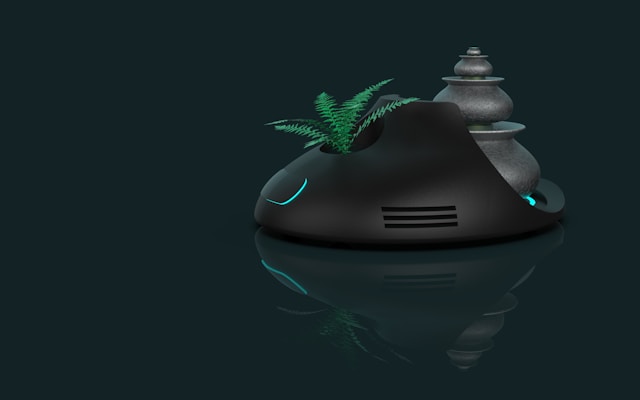Automation is rising across all manners of manufacturing workflows. However, in many cases, robotics solutions can go further. Workholding is one specific area where automated systems need help, and artificial intelligence (AI) may be the answer.
Why Workholding Needs to Evolve
As efficient as robots are, they often struggle to manage inconsistencies in their workflow. Automation needs repeatability to be effective, so if parts come down the line in varying orientations, robotic systems will likely produce errors, counteracting their benefits.
“Improving how production lines orient and hold products in place before robots work on them is a natural solution.”
Human-robot collaboration poses one possible way forward. People working alongside automation improve productivity by combining their strengths and abilities. In this case, employees can recognize when things are out of alignment and correct them before a machine performs more detailed work. However, not every factory can afford to use their workers this way.
Many manufacturers struggle to hire enough workers to meet demand. While the gap isn’t as wide as it was a few years ago, the industry is still short 622,000 jobs as of early 2024. Consequently, some businesses may not have enough staff to ensure proper workholding before automated work begins. Others may have more pressing, complex tasks they should have employees handle instead.
All these factors combine to leave manufacturers with rising work holding needs in automated workflows but less labour to manage them. AI-powered smart fixtures are the optimal solution.
How AI Smart Fixtures Improve Workholding
Smart fixtures use AI to automate the workholding optimization a human would otherwise need to handle. It starts with lasers or other optic sensors to measure a product or material’s size and orientation. Once the AI model understands these factors, it can rotate it as necessary or adjust its grip to keep everything consistent when it reaches the robot working on it.
Many modern fixture solutions also include sensors to ensure the grip itself is optimal. For example, self-contained hydraulic vises provide consistent clamping pressure by relying on built-in monitoring gauges. That way, the clamped object stays firm enough not to move while robots work on it but not so tight as to damage the material.
“AI is key here because smart fixtures may need to adjust their movement or pressure to account for slight differences in materials and products.”
Applying identical conditions every time will lead to errors if anything out of the ordinary arises — the same issue leading to the need for better workholding in the first place. Because AI responds to real-time data, it provides the flexibility a resilient automated workflow needs.
Automating workholding through AI does more than balance efficiency and adaptability. Material handling tasks can lead to strain or injuries because of their repetitive and nonergonomically friendly nature. Consequently, smart fixtures improve workplace safety and employee well-being.
Smart Fixtures Unlock Automation’s Full Potential
AI-powered workholding systems may seem like a minor consideration, but they have big implications. Smart fixtures combine the flexibility of manual processes with the speed of automation.
Improving upstream tasks like workholding ensures downstream robots can deliver on automation’s promises. They’ll be able to work quickly and accurately, even when the materials and products they manage aren’t always consistent.



